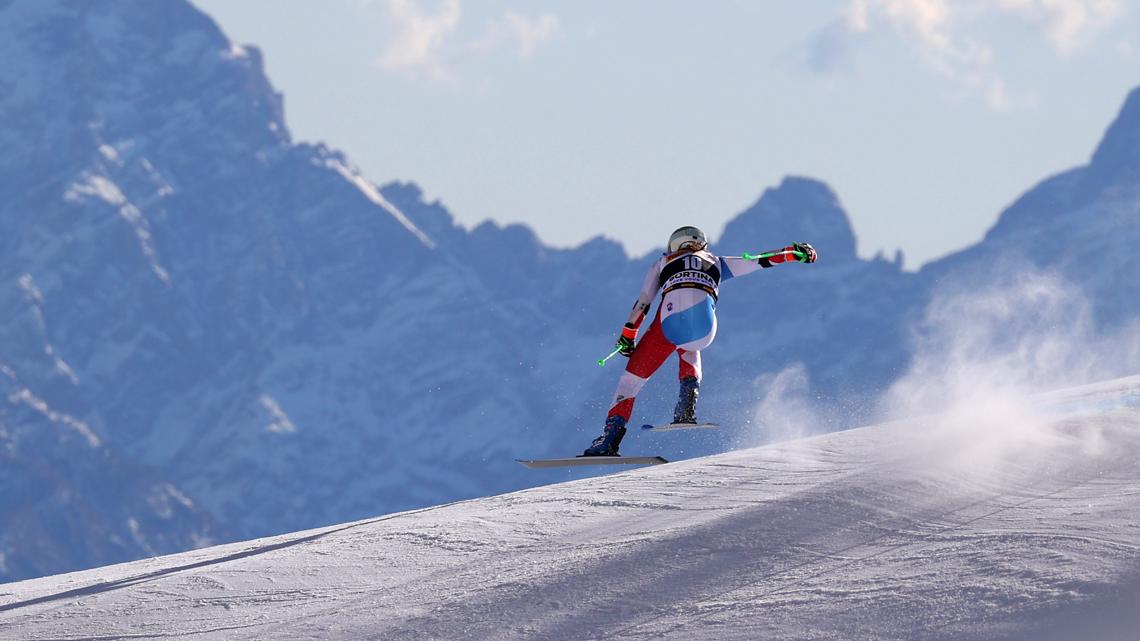As the Winter Games return to a region renowned for its snow-capped mountains in 2026, organizers face the daunting task of crafting an Olympic atmosphere that captures the spirit of the event amidst unique circumstances.
The Winter Olympics, a global spectacle that unites athletes, fans, and nations in the pursuit of sporting excellence, is set to return to its snowy roots in 2026. However, the task of recreating the unparalleled Olympic ambiance presents a distinct set of challenges for the host region.

The Challenges of Creating an Olympic Atmosphere in 2026
Unlike previous editions, the 2026 Winter Games will not be concentrated in a single host city but will instead be spread across multiple locations, each with its own unique character and crowd dynamic. This multifaceted approach introduces a logistical hurdle in fostering a cohesive Olympic spirit that permeates the entire host region.
One of the key challenges lies in generating the necessary buzz and excitement typically associated with the Olympics. Historically, the host city serves as a central hub, attracting a massive influx of spectators, media, and Olympic enthusiasts. The dispersed nature of the 2026 Games poses a barrier to creating a centralized epicenter of Olympic fervor.
Furthermore, the absence of a significant metropolis in the host region creates a void in terms of infrastructure and amenities that are essential for supporting the Olympic entourage. Accommodation, transportation, and entertainment options may fall short of what is customary for an Olympic event, potentially dampening the overall atmosphere.
To mitigate these challenges, the organizers must adopt innovative strategies to connect the various host locations and create a sense of unity. Enhanced transportation networks, creative marketing campaigns, and coordinated fan engagement initiatives could help bridge the physical and emotional gaps between the disparate venues.
Another crucial element in cultivating an Olympic atmosphere is the involvement of local communities. The people of the host region should feel a sense of ownership and pride in the event. Engaging local residents in volunteer roles, cultural performances, and community-based celebrations can foster a genuine connection between the Olympics and the host community.
Additionally, tapping into the region's unique cultural heritage and natural beauty can provide a distinct identity for the 2026 Games. By showcasing local traditions, cuisine, and landscapes, organizers can create a memorable and immersive experience for visitors and participants alike.
Embracing technology can also play a significant role in enhancing the Olympic atmosphere. Mobile applications, social media platforms, and virtual reality experiences can connect fans globally and allow them to interact with the Games in a more interactive and personalized manner.
Collaboration and communication are paramount in ensuring a successful Olympic experience. Organizers, local authorities, and stakeholders must work hand in hand to address logistical challenges, promote the event, and engage the community. A shared vision and commitment to excellence will be key to overcoming the obstacles and delivering an unforgettable Winter Games.
As the countdown to 2026 begins, the onus lies on the organizers to devise innovative approaches and forge partnerships that will create an Olympic atmosphere worthy of the Games' illustrious history. By embracing the challenges, harnessing the region's unique attributes, and fostering a spirit of unity, they can ignite the Olympic flame and leave a lasting legacy for years to come.







